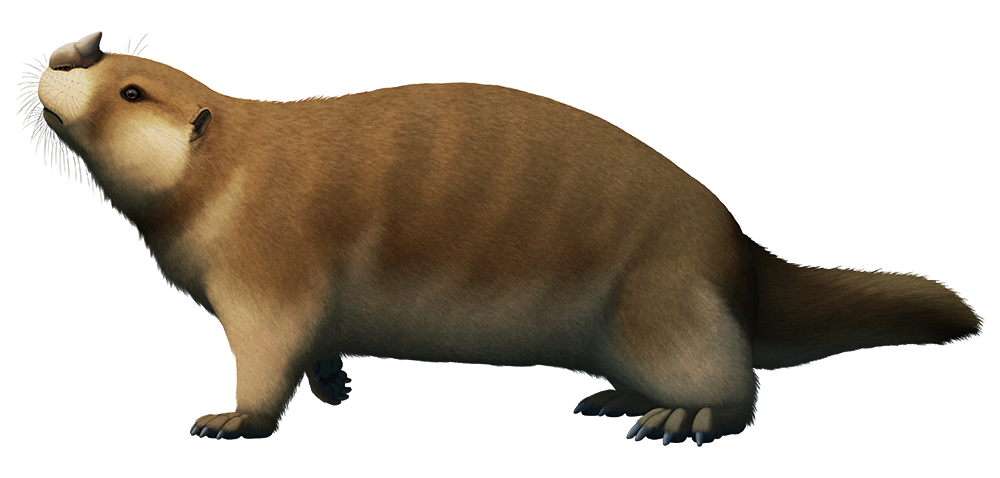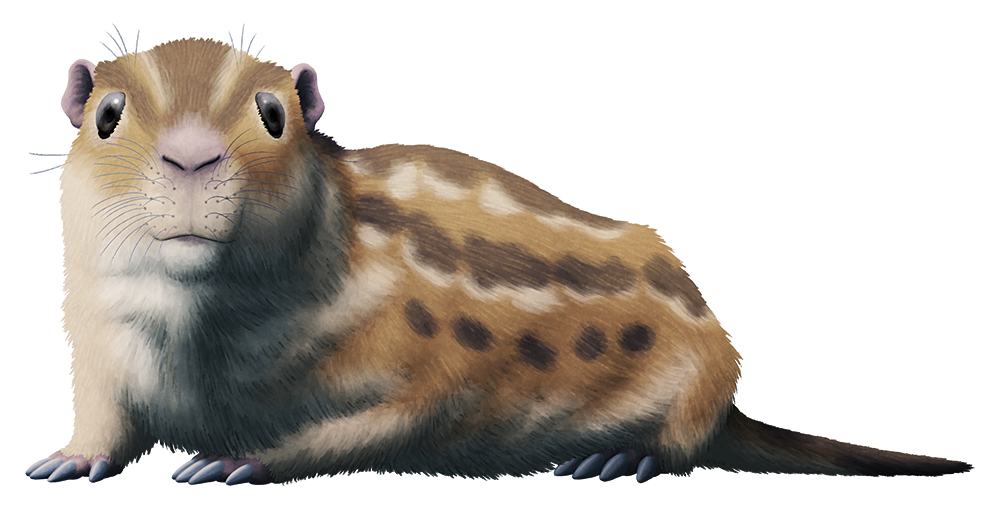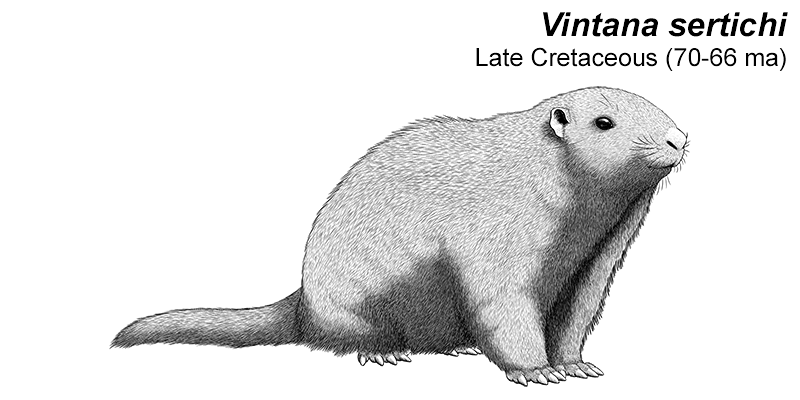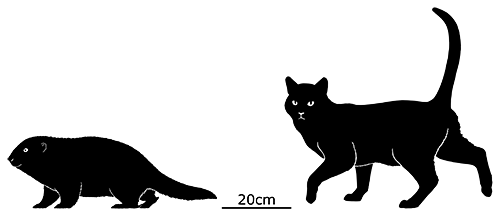Even for a fossil species from an isolated island, Adalatherium hui is very weird.
This mammal was part of an enigmatic group known as gondwanatheres, which were probably early members of the theriiform lineage – slightly closer related to modern marsupials and placentals than to monotremes. Found in the southern continents of Gondwana between the Late Cretaceous and the Miocene, these animals were adapted for herbivory with convergently rodent-like ever-growing front teeth that helped them chew through tough plant matter.
They were previously known mainly from isolated teeth and jaw fragments, with some rare full skull material, but Adalatherium is remarkable for being represented by a complete skeleton.
And it’s turned out to be far stranger than anyone expected.
Living in northwestern Madagascar during the Late Cretaceous, about 70-66 million years ago, Adalatherium was one of the larger known Mesozoic mammals at around 60cm long (2′) – although the one known specimen seems to have been a juvenile, so mature individuals were probably slightly larger.
(And based on its body proportions, its close relative Vintana may actually have been even bigger than previously thought. Whether this sort of large size was common in Cretaceous gondwanatheres or if this was just island gigantism is still unknown, though.)
It was probably a marmot-like digging animal, excavating burrows with its large claws and powerful limbs, and since it likely evolved from ancestors that had become isolated on Madagascar over 20 million years earlier it had developed a very unusual mixture of both “primitive” and highly specialized anatomical features. It had more back vertebrae than any other known Mesozoic mammal, upright forelimbs, sprawling hind legs with bowed-out tibias, strong back and leg musculature, and a therian-like pelvis with epipubic bones.
And then there’s the snoot.
The snout region of Adalatherium‘s skull was pockmarked with a large number of foramina, holes that allow the passage of nerves and blood vessels through the bone. It had more of these than any other known mammal, and their presence suggests that it probably had a very sensitive upper lip and whiskery snout. Most mammals with a lot of whiskers just have one very big foramina, but Adalatherium seems to have evolved a different solution to the same problem.
It also had one other bizarre feature – a hole in the top of its nose. A large “internasal vacuity” between its nasal bones is a unique feature not known in any other mammal, and its function is a total mystery.
Since this hole was also surrounded by many foramina it may have supported some sort of soft-tissue sensory structure on top of its nose. So I’ve speculatively depicted it here with a leathery horn-like “shield”.
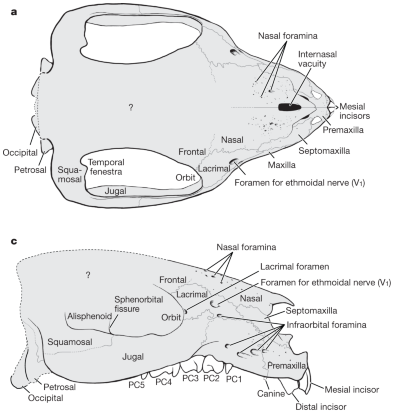
From fig 2 in Krause, D. W. et al (2020). Skeleton of a Cretaceous mammal from Madagascar reflects long-term insularity. Nature 581, 421–427. https://doi.org/10.1038/s41586-020-2234-8

